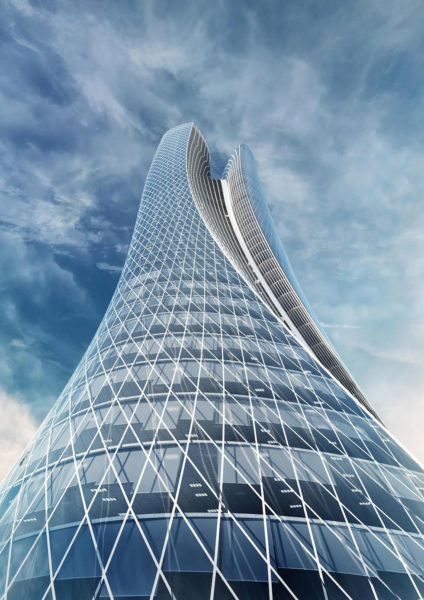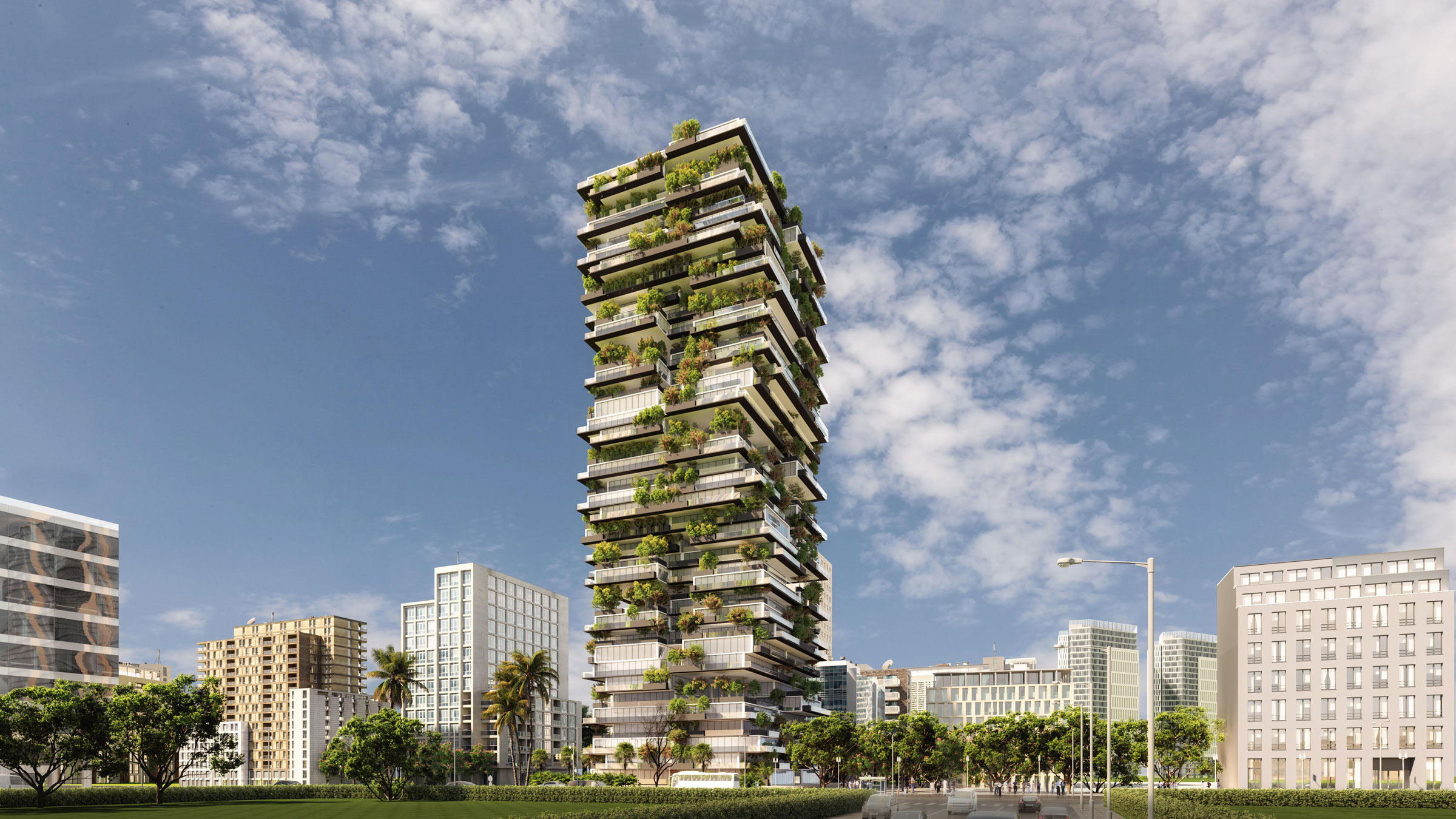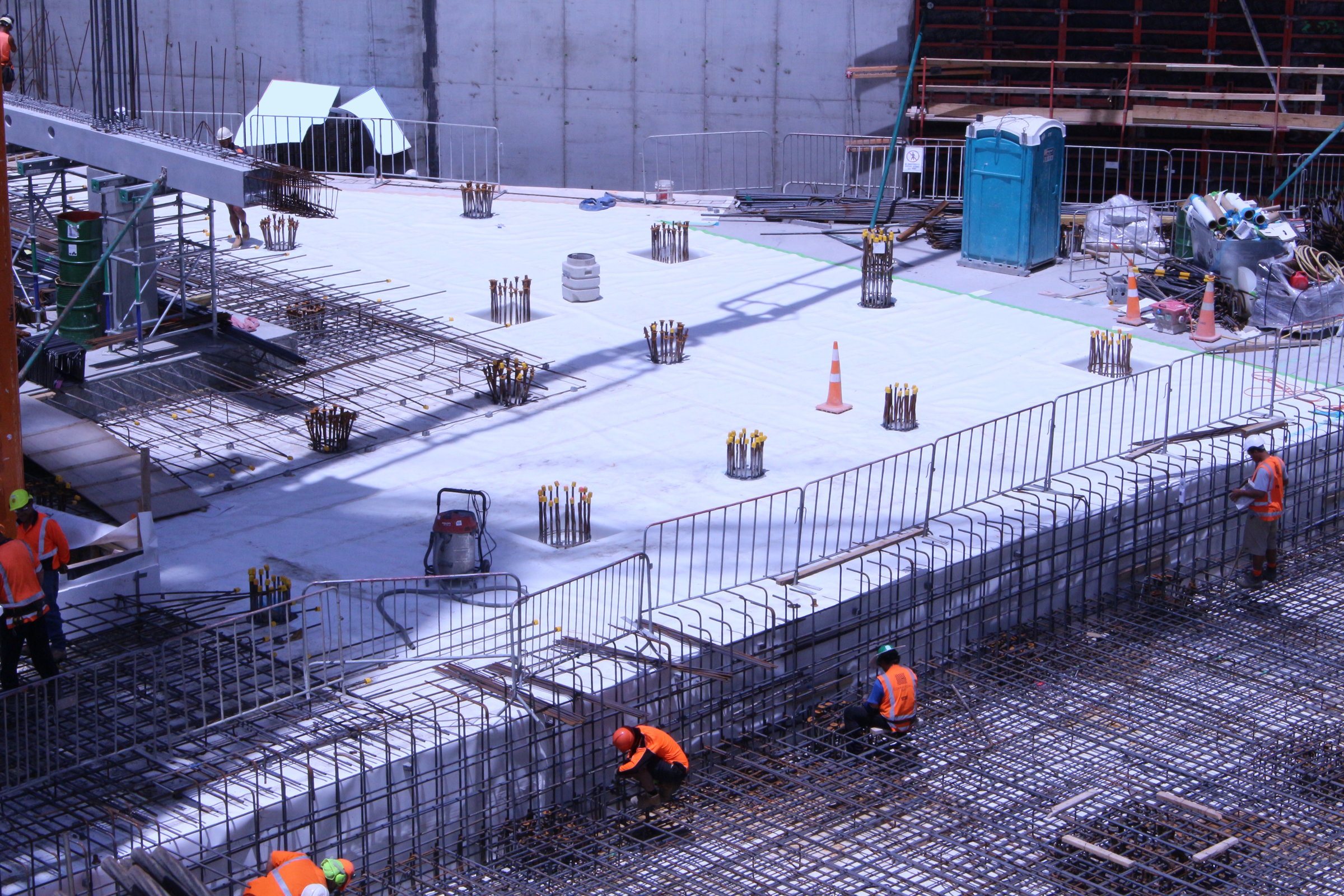Story at a glance:
- Effective planning, sophisticated design, and technology will contribute to greener buildings.
- Materials like bamboo, rocks, recycled concrete, and CLT are often being used in the place of traditional concrete.
- Architects are pushing for more buildings not just with outdoor spaces, but extensive access to nature and open areas.
With buildings contributing nearly 40% of all global carbon emissions, it is more critical than ever for the construction and design industry to put a focus on sustainability for a greener, brighter future.
A key tenet that more designers now uphold is the attention to ecological balance, construction longevity, and a focus on implementing innovative sustainable practices. Sustainable construction focuses on several distinct parameters, including the use of recyclable materials, effective layout and orientation, solar energy use, carbon-neutral construction, and energy conservation. By leveraging smart materials, bio-friendly orientations, energy conservation, and intelligent facades, designers create a sense of balance through their expression.
Developers worldwide are proactively revisiting ways of enhancing building sustainability through effective design and planning, more sophisticated designs, and implementing technology.
How Buildings will Become More Climate-Sensitive

Embrace Tower. Rendering courtesy of Prasoon Design Studio
Over the last decade there has been a heightened consciousness toward the environment, which can also be attributed to measures taken by the world governments as well as the tangible effects of climate change that are being felt at large. Increasingly architects and designers are realizing that building designs need to reflect the conditions of the area in which they are located. For example, buildings in warm climates should utilize tinted windows to cool off the space, rather than air conditioning units.
Critical initiatives like the Global Sustainability Assessment System (GSAS), Pearl Rating System (Estidama), and LEED have shaped the perspectives of architects globally. Architects are also exploring the interplay of technology and sustainability. Through automation and IoT, water conservation, energy management, and waste reduction are being accomplished at scale across new developments. Additionally, the deeper focus on preserving ecological balance through sustainable measures is a critical trend within the region.
Smart materials like bamboo, rocks, recycled concrete, and cross-laminated timber (CLT) are being used extensively in the place of traditional concrete. These materials help promote a lower carbon footprint while being more durable and maintenance-free. The use of low-emitting materials, paints, sealants, and adhesives also ensures the better interior quality of modern structures. A key element to sustainable buildings is an emphasis on green fixtures and fittings. This includes using low e-coatings, LED lights, and smart energy management systems integrated to reduce HVAC costs.
Different types of smart facades are also being developed with the help of smart materials that lower energy costs and provide insulation. For example, the proposed Embrace Tower in Riyadh, Saudi Arabia is a green-certified building with a high-performance building envelope that reduces the environmental impact and ensures a sustainable connection. The unique form is also responsive to the wind-load, minimizing structural costs while enhancing efficiency.
Another key contributor to the sustainable architecture movement is the retrofitting of older buildings with more sustainable implementations, energy sources, and strategies. Solar panels are making older buildings more energy conscious, and better ventilation is making interior airflow cooler. Retrofitting is also providing direct ROI for business developers, as it lowers energy and maintenance costs.
Improving the Quality of Sustainable Design
Because sustainability is more in demand now than ever, clients will be looking for better options, driving architects and designers to evolve by reducing their carbon emissions and creating healthier spaces for their inhabitants.
Take the proposed Treescapper in Gurugram, India, for example. There has been such an exciting push to create habitable ecological spaces with more outdoor open areas on every floor, not just on the ground level.
Architecture plans need to also focus on the internal environment quality, especially for residential structures and commercial buildings. From sun orientation and indoor climatic conditions to natural ventilation and harnessing energy, architects have many ways to design more livable and greener buildings.
Using the sustainable building materials is equally important to creating quality designs. Traditional and low-quality construction materials can directly contribute to toxic emissions and reduced structural integrity. That is why, for example, in the Middle East, strict building and design codes are implemented to ensure structures comply with outlined materials norms. A top Dubai architecture studio would have to use the best quality of materials sourced from producers that themselves follow green manufacturing processes.
Bridging Biophilia and Sustainability
There’s been a growing interest and awareness toward mental and physical well-being and the impact our environment has on it. As the industry moves forward, the inclusion of biophilic design elements like outdoor spaces and maximized natural elements like terrace gardens, natural light, views, and air are becoming more popular.
According to the Journal of Cleaner Production, moving toward human-centered approaches and biophilic design is a way to boost environmentally sustainable design practices by focusing on the qualitative aspects of the human dimension and connecting with nature. The paper posits that a more holistic approach to design (i.e. marrying environmentally sustainable designs and biophilia) may lead to more sustainable outcomes.
An ideal way to introduce sustainability through design is to ensure adequate space for native landscaping in the region. This includes plants and vegetation that are native to the region, requiring minimal maintenance and upkeep. The landscaping helps boost the air quality of the area, provides shade in high-heat regions, and adds to the aesthetic properties of the project. Additionally, landscaping promotes healthy soil quality, which can improve the flow of water and air through the earth significantly.
The Future of Sustainability and Architecture
Architects and designers need to understand the core concept of sustainability at the strategic level. The preliminary stages of research and strategy need to ensure the minimal wastage of materials as well as the elimination of polluting construction practices. This is where technology solutions come into play.
The next few years will be significant when it comes to implementing technology-based project management and remote connectivity solutions that not only improve planning, procurement, and operational efficiency but also help architects achieve their sustainability goals. Acquiring highly sustainable materials, leveraging smart energy management tools, and reducing construction waste will be critical goals for the year as firms transition towards more sustainable execution. Additionally, novel site informatics via drones, 3D printing, and robotics will empower architects to design more renewable spaces integrating digital twins and real-time analytics solutions.
In the coming years sustainability will be increasingly seen as a design philosophy and architects will develop buildings based on the core tenets of eco-friendliness. The benefits of sustainability are evident as it can directly lead to long-term cost savings, reduction in environmental impact, and higher quality of living for residents. Architects are focusing on the role of design strategy and green design principles to ensure buildings are increasingly self-reliant, green, and compliant with global sustainability norms. It is essential for architects worldwide to consider natural greenery, waste reduction, material optimization, and other core aspects of sustainability as high-priority areas in construction and development.
With architects uncovering new strategies to design greener buildings, it’s so wonderful to see more structures being developed in synchronization with the natural world.




